Want more?
To learn more about his astonishing life through this moving new Australian work, don’t miss Galileo at the Palais Theatre this December.
Keep up to date on upcoming performances and event, glimpses behind the scenes and special offers.
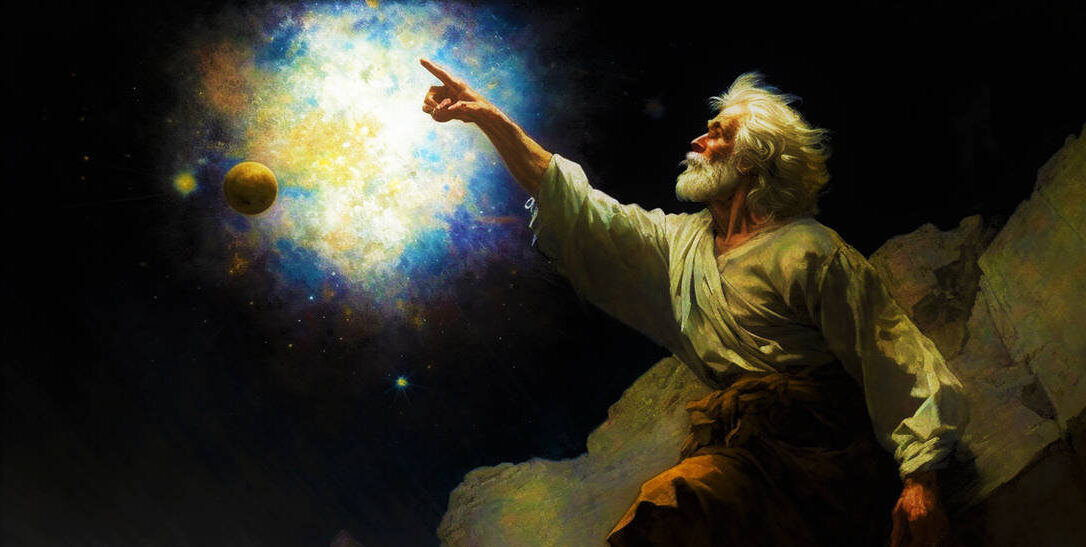
The world premiere of Galileo is an opera depicting the life journey of Galileo Galilei. And whether you’re an opera fan, or a history buff this is a musical journey not to be missed.
But maybe you need a refresher on his story before seeing the show? Here’s some background on one of history’s most fascinating men.
Galileo Galilei was born on February 15, 1564, in Pisa, Italy.
Born to a family of musicians, he initially studied medicine at the University of Pisa.
However, after seeing a mathematics lecture, his interest quickly moved to science. He took up studies in mathematics instead, leading him to become a professor of mathematics and eventually move into physics and astronomy.
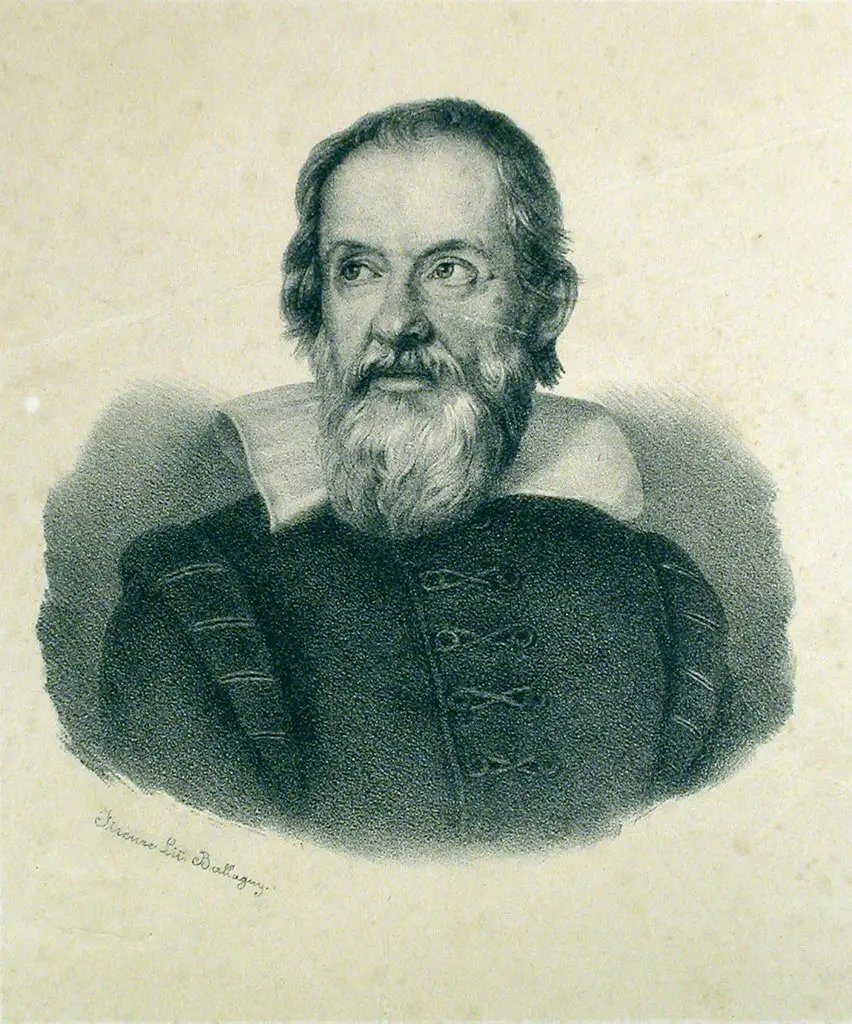
Whilst he didn’t invent the telescope, Galileo is most well known for his advancement of the telescope and the ground-breaking discoveries he made with them:
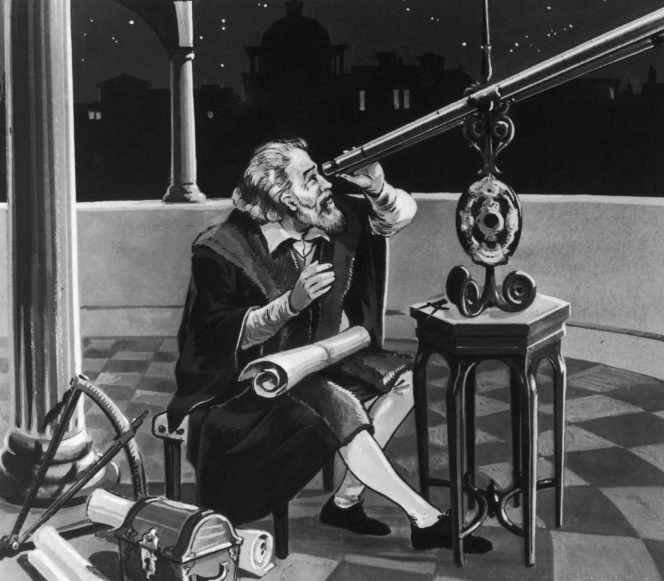
What is heliocentrism?
Heliocentrism is an astronomical model proposed by Nicholas Corpernicus in 1543.
In this model, the Sun is the central point of the universe with the planets of the solar system rotating around it.
This model conflicted with the beliefs of the ruling Roman Catholic Church in Italy, who argued that Earth was the centre of the universe, as God created it. Their model was called Geocentrism.
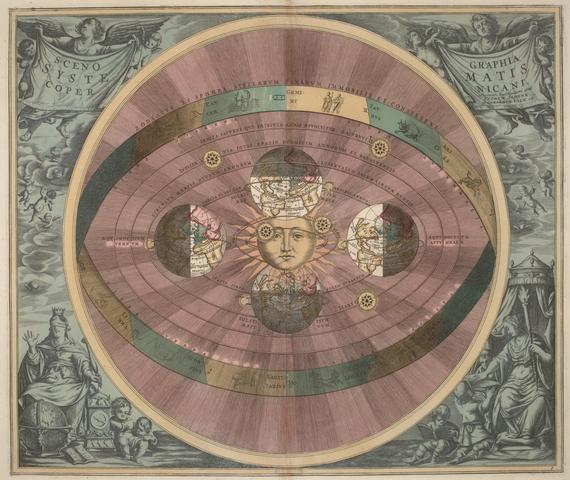
The rule of the church
Galileo lived in Italy at the height of the Catholic Reformation. In quick summary:
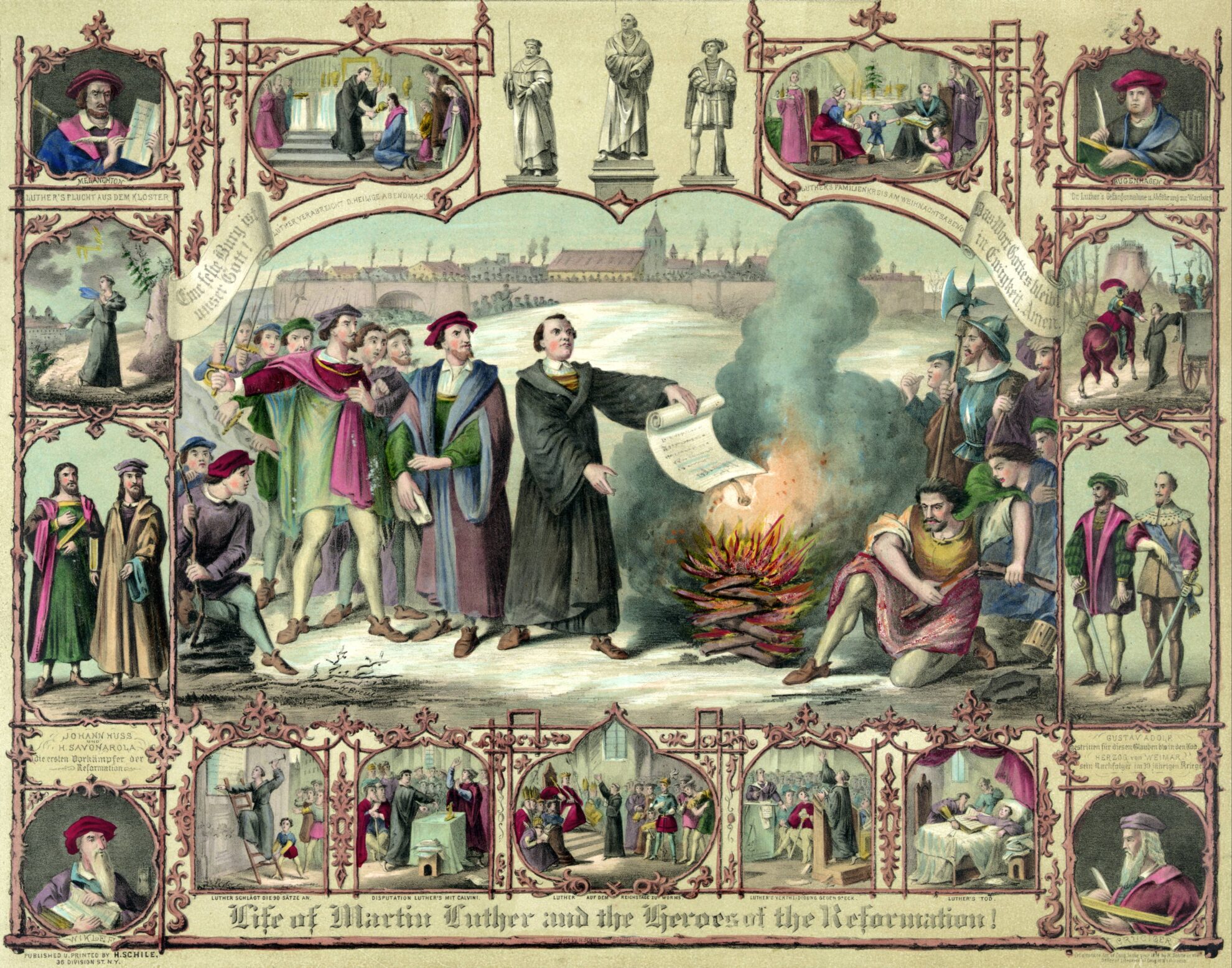
In response, the Counter-Reformation (or Catholic Reformation) began and lasted into the 1600s. This was a historical period in which the Roman Catholic church made efforts to reform the church and its authority in society.
As part of the Catholic Reformation:
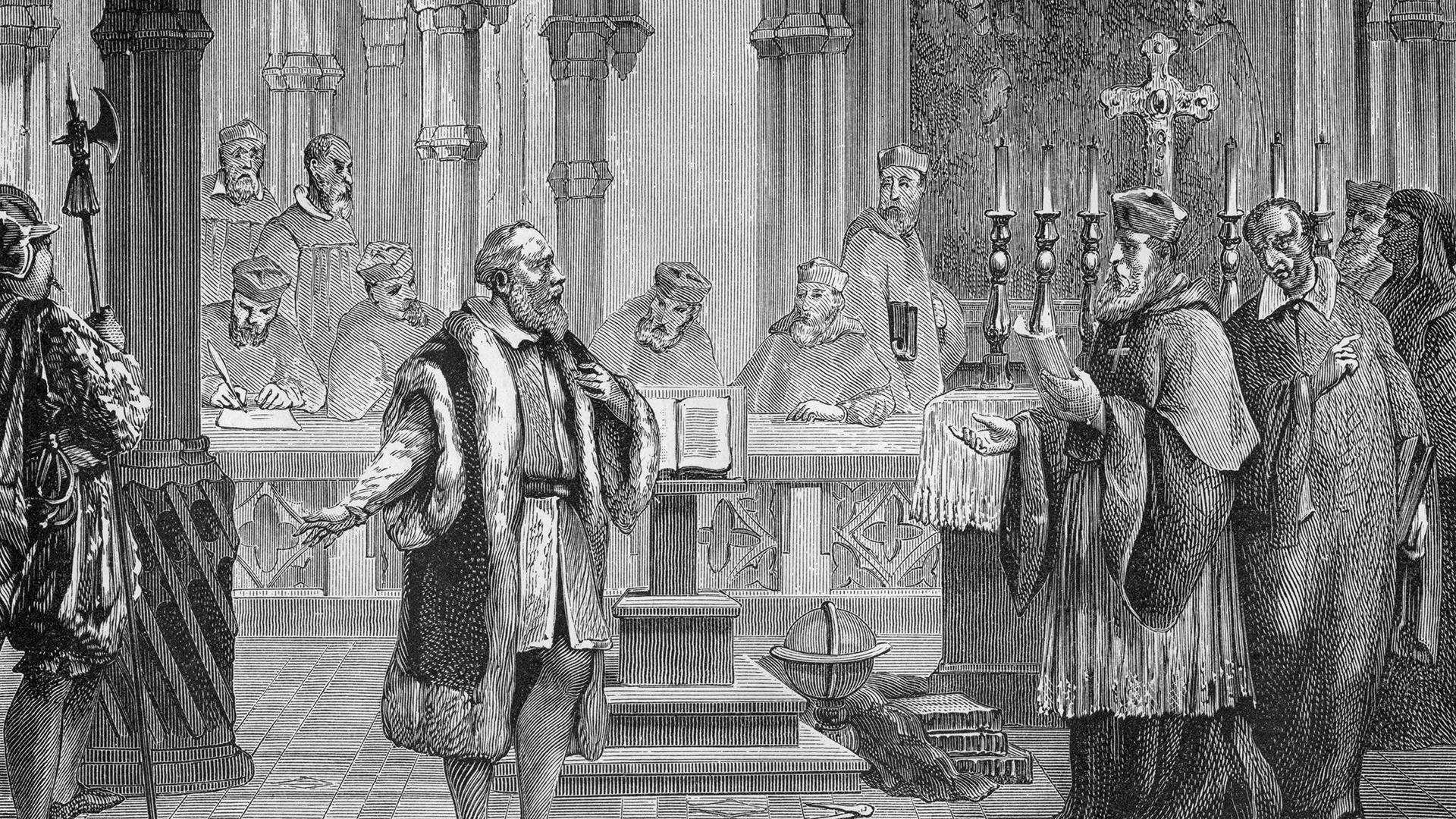
Galileo is one of the most famous figures to have faced trial via the Roman Inquisition, due to his teachings of Heliocentrism and scientific practices. Throughout his life he worked on motion, mechanics, velocity, astronomy and completely revolutionised the scientific method.
All the while he wrestled with how the Church and the beliefs he held about the universe intersected.
The fact that he was deeply Catholic himself and believed in God, makes his story all the more compelling and absolutely unmissable.
Author: Greta Doell
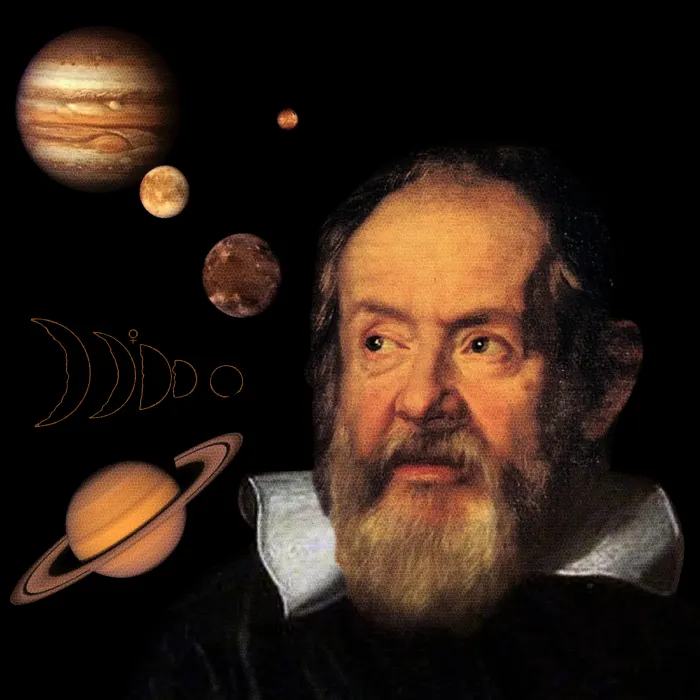
To learn more about his astonishing life through this moving new Australian work, don’t miss Galileo at the Palais Theatre this December.